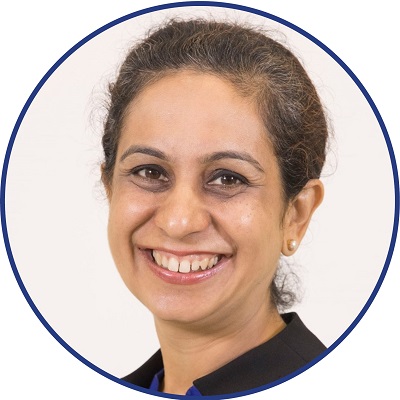3D Scanning for Digital Manufacturing* (24 Hours)

Introduction
3D scanning is the process of converting a physical object into a digital format, facilitating digitalisation in manufacturing. Using a 3D scanner, the shape and geometry of the object is collected from various angles and reconstructed, this results in a 3D model in digital format such as stl or stp file. The acquired 3D data can be used for:
- First article inspection
- Quantification of geometrical changes like deformation
- CAD/CAM machining for production
- Reverse engineering
This enables process and product optimization in a smart manufacturing environment.
About the Programme
The attendees will become familiar with the principles of common 3D scanners based on laser, white light
and x-ray technologies. Three-dimensional scanning approaches for both external and internal features, from
simple to complex parts with varying surface finish will be described in detail. Common 3D measurements and
simple reverse engineering approaches using will be explained.
This course consists of 3 full-day sessions including: a hands-on session using 3D scanners, data analysis, and
reverse engineering. By the end of the course, the attendees will be able to recommend suitable 3D scanning
technologies for their applications, and have a better appreciation for digital manufacturing.
Who Should Attend
The course is suitable for those who are currently employed or wish to be employed in the manufacturing related fields. A typical candidate profile could be:
- Quality control manager/engineer/technician
- Process technician/engineer
- Production supervisor/manager
- Individuals and staff who are seeking capability improvement in terms of advanced and digital manufacturing
What Our Trainees Say
3D Scanning training help to understand different ways on how to measure and analyse 3D data. Good start to learn 3D scanning journey with ARTC. Thank you, ARTC!
Mr Jaypee Lumanlan,
Participant from May 2025 intake
The ability to explain complex topics clearly and engagingly makes learning enjoyable and effective in a positive environment.
Mr Suraj Ghadge,
Participant from May 2025 intake
Very good and structured course to provide more info on 3D scanning technologies. Engaging lessons that involve hands-on experience.
Mr Sairin Bin Sani,
Participant from Jan 2024 intake
The course provides good insight on the latest technologies which I could apply to potential problems I am facing in my daily work.
Mr Jeremy Lau,
Participant from Jan 2024 intake
About The Trainers
Ms Pooja Chaturvedi
Dr Liu Tong
Mr Thazhe Madam Rohith
Mr Dong Chaoyu
Contact Us
- For technical enquiries, please contact:
Ms Pooja Chaturvedi,
Email: poojac@a-star.edu.sg
- For general enquiries, please contact:
Ms Maria Carolina Vergo,
Email: maria_carolina_vergo@a-star.edu.sg
Registration
- Please register for this course through our online form: Course Registration Form for Public Classes.
- For the first question, please select "Modular Programmes (Standalone Modules)".
- Applicants will be placed on our waiting list if the course does not have an upcoming scheduled intake.
- When the next intake is confirmed, a confirmation email with payment information will be sent to applicants to finalise their participation.
Schedule
Module | Skills Course Reference Number | Next Intake(s)'s Training Period
(Click on the dates to view its schedules) | Registration Status |
| TGS-2023036454 | The schedule for the next intake is still in the planning stage. |
Note: A*STAR SIMTech and A*STAR ARTC reserve the right to change the class/schedule/course fee or any details about the course without prior notice to the participants.
Announcement:
- From 1 Oct 2023, attendance-taking for SkillsFuture Singapore (SSG)'s funded courses must be done digitally via the Singpass App. More information may be viewed here.
- Participants will be provided with digital course materials when attending our courses. Please note that printed copies will not be available.
 : Full day
: Full day : Morning
: Morning : Afternoon
: Afternoon : Evening
: EveningQuick Link
- View the full list of modular programmes offered by A*STAR SIMTech and A*STAR ARTC.
A*STAR celebrates International Women's Day

From groundbreaking discoveries to cutting-edge research, our researchers are empowering the next generation of female science, technology, engineering and mathematics (STEM) leaders.
Get inspired by our #WomeninSTEM
.png?sfvrsn=843a4005_8)






